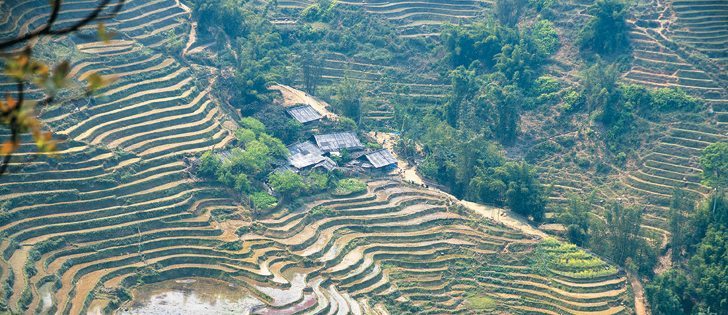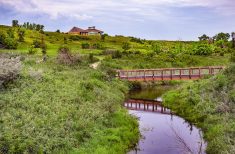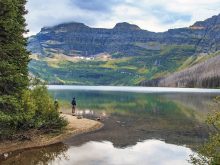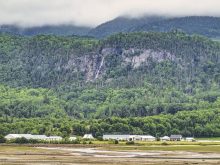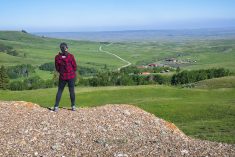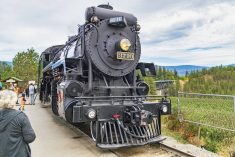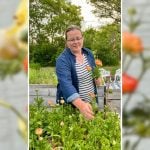It was as if we were looking at a gigantic work of abstract art. Steep slopes of the mountain valley were completely covered in contoured terraces, a complex network of wildly sculpted land that is an engineering marvel.
While we see scenic beauty, local people see it as the only way to make a living in this inhospitable land. When you try to grow crops where flat land is sparse, you have to create your own.
We were trekking in Vietnam’s far north, about 300 kilometres from the capital, Hanoi.
Read Also
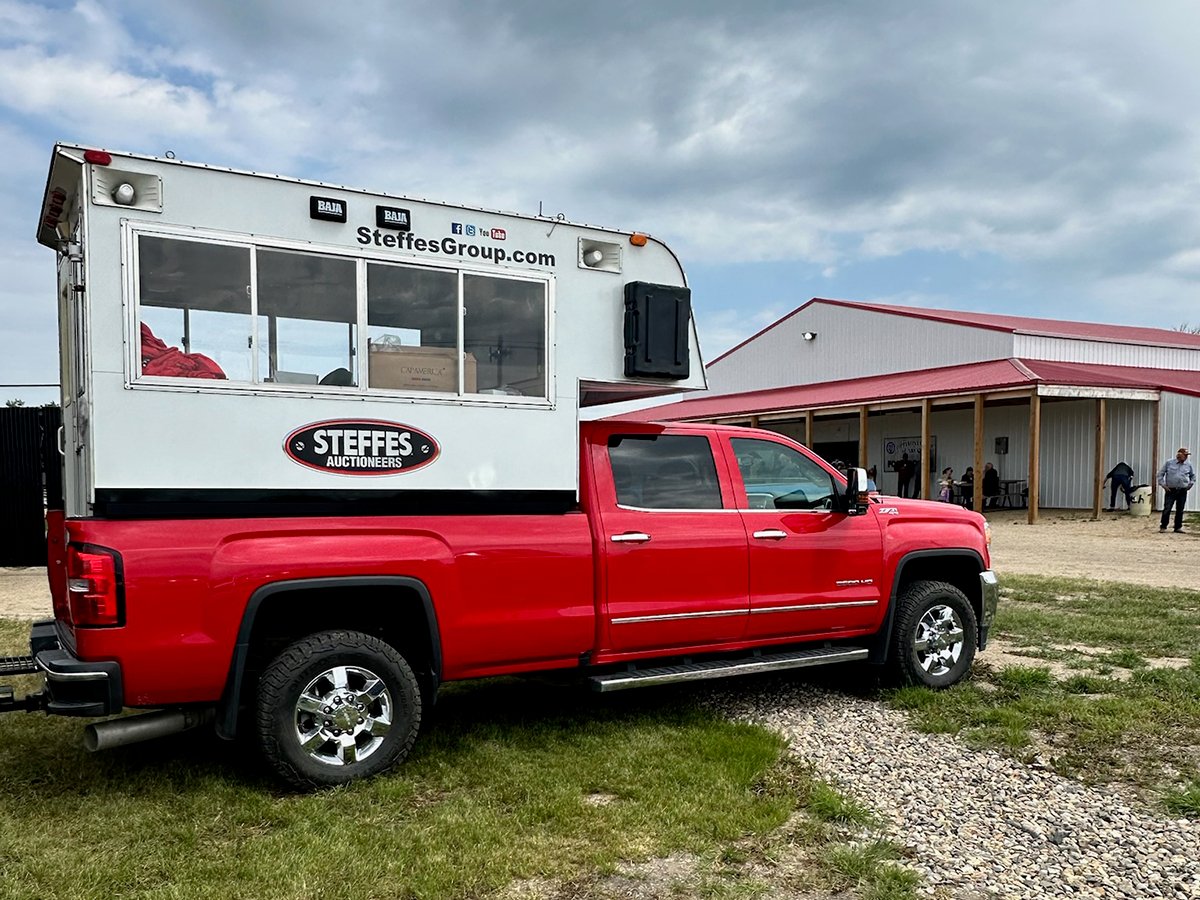
Farm auctions evolve with the times
Times have changed. The number of live, on-farm auctions is seeing a drastic decline in recent years. Today’s younger farmers may actually never experience going to one.
We arranged the trip while in Hanoi, which included an overnight train trip (fairly comfortable in a sleeper car), a couple days in the picturesque mountain town of Sapa, and a two-day hike through the countryside with an overnight at a home-stay in a remote village.
The trip was not only remarkably inexpensive, but turned out to be the highlight of our Vietnam travels.
Overlooking a valley amid Vietnam’s highest mountains, Sapa was developed in the early 1900s during the French colonial era as a place to escape the summer heat.
While comfortable for visitors, the cooler temperatures provide another challenge to farmers.
Many parts of the country can produce two and sometimes three rice crops per year, but here they’re restricted to one.
Sapa had little contact with the outside world until the 1990s, but now is firmly on the tourist trail. The main draw is the scenery, combined with rich cultural diversity.
Most people in the countryside are part of ethnic minority hill tribes that each have their own customs and dress. The women in particular wear colourful traditional outfits as everyday clothing.
Our guide, Mae, belongs to the Black H’mong tribe. She learned English on-the-job guiding tourists and considers herself unusual because she is already in her early twenties and not yet married.
Mae leads us up and down the steep hills, through bamboo forests and across seemingly endless rice paddies. No crops are growing in the dry season, so cutting across the step-like terraces is often the easiest path. We walk right beside water buffalo grazing bits of grass in the dry fields.
Zigzagging along the broad Moung Hoa River valley, every turn in the path seems to open up more stunning vistas. We had seen photos of these amazing terraces, but it’s not until we came here that we realized just how vast an area they cover.
We pass a work crew carving new terraces by hand into the steep mountain slope. There’s a delicate balance to this type of farming. More terraces mean more crops, but removing too much vegetation from the slopes has caused serious erosion in places.
Late afternoon we arrive at Ta Van Village, home to the Dzay tribe. Our host family has a simple but rambling wooden house. Like many people here, they seem to be mostly self-sufficient in food.
Vegetables grow in the garden, while some are drying on the back deck. Chickens wander near the house and a pig pen is just down the hill. Our host already has supper on the go, much of it cooked in a wok over a wood fire.
After a tasty meal, Mae cheerfully arrives carrying a large bottle of clear liquid and announces, “Now we drink some happy water.” She pours large glasses of the area’s special drink, a potent homemade rice wine guaranteed to keep you warm on cool winter evenings.
Next morning brings more up and down through hills and terraces as we hike out of the valley.
Regretfully, we leave the quiet villages and our brief glimpse into their way of life amidst awesome landscapes, then return to the world of roads and traffic.


